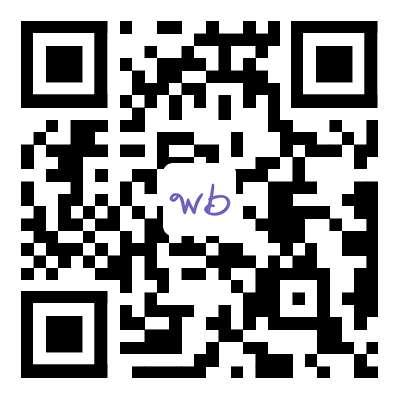Crochet lace
The lace produced by a crochet machine is called crochet lace, which is commonly used to weave ribbon lace, fringe bands, elastic bands and other narrow warp knitted fabrics. A drooping tassel made of multicolored feathers or threads, etc., often used at the hem of a stage costume.
Two, warp knitting lace
Warp knitting lace is knitted by the warp knitting machine, it is an important category of knitting lace. The use of 33.3-77.8 dtex (30-70 Dan) nylon yarn, polyester yarn, viscose rayon as raw materials, commonly known as warp knitted nylon lace. The production process is that the tongue needle uses the warp to make a circle, the yarn guide comb controls the knitting pattern of the flower warp, and the strip is formed into lace after the setting processing. The bottom structure is generally hexagonal mesh with a single weave. After the grey cloth is bleached and shaped, the stripe width is generally more than 10mm. It can also be yarn-dyed into a variety of color stripes, lace without patterns. This kind of lace is characterized by sparse texture, thin, transparent mesh, soft color, but easy to wash deformation. It is mainly used as decoration for clothing, hats, tablecloths, etc. The main raw material of warp knitting lace is nylon (nylon), which can be divided into warp knitting elastic lace and warp knitting elastic lace according to whether spandex elastic fiber is used. At the same time, after adding some rayon to the nylon fiber, the multi-color lace effect can be obtained by dyeing processing (double dyeing).
Three, embroidery lace
Embroidery means embroidering. It is in a long historical period by the world's handicraft gradually developed, embroidery lace can be divided into machine embroidery lace and hand embroidery edge two categories, machine embroidery lace is developed on the basis of hand embroidery edge production lace varieties.In all ethnic groups have a very unique color and pattern pattern (typical jacquard webbing is the best interpretation). Chinese embroidery art has a long history and occupies an important position in the national traditional handicraft. Hand embroidery edge is a traditional handicraft process in China, the production efficiency is low, the embroidery pattern is often easy to produce uneven phenomenon, and the embroidery will be uneven. However, for the pattern is too complex, more color, flower back longer lace is not manual, and hand embroidery edge is more three-dimensional than machine embroidery. In China, hand embroidery has a long history, in addition to the four well-known Chinese embroidery Suzhou embroidery, Hunan embroidery, Shu embroidery, Guangdong embroidery, there are also Han embroidery, Lu embroidery, hair embroidery, velvet embroidery, Qin embroidery, Li embroidery, Shen embroidery, as well as ethnic embroidery and other outstanding skills. About embroidery we will also introduce in the following chapters, here is mainly about embroidery lace.
Four, machine embroidery lace
Machine embroidery lace using automatic embroidery machine embroidery, that is, under the control of the jacquard mechanism to obtain a stripe pattern on the grey cloth, high production efficiency. Fabrics of all kinds of raw materials can be used as machine-embroidered grey cloth, but mostly thin fabrics, especially cotton and rayon fabrics have the best effect. There are two types of small machine embroidery and large machine embroidery, and large machine embroidery is the most common. The effective length of large machine embroidery lace is 13.7 meters (15 yards), embroidered on 13.5 meters of fabric, can be made into full embroidery or cut into lace strips. According to different requirements can use different embroidery base cloth, so as to produce different kinds of lace, such as water-soluble lace, mesh lace, pure cotton lace, polyester cotton lace and all kinds of tulle sliver lace. The pattern can be adjusted as needed.
about
Brief introduction application honourproduct
Woven belt Computer flower TeetherNews
dynamic message question Mobile website
Mobile website